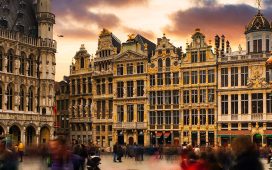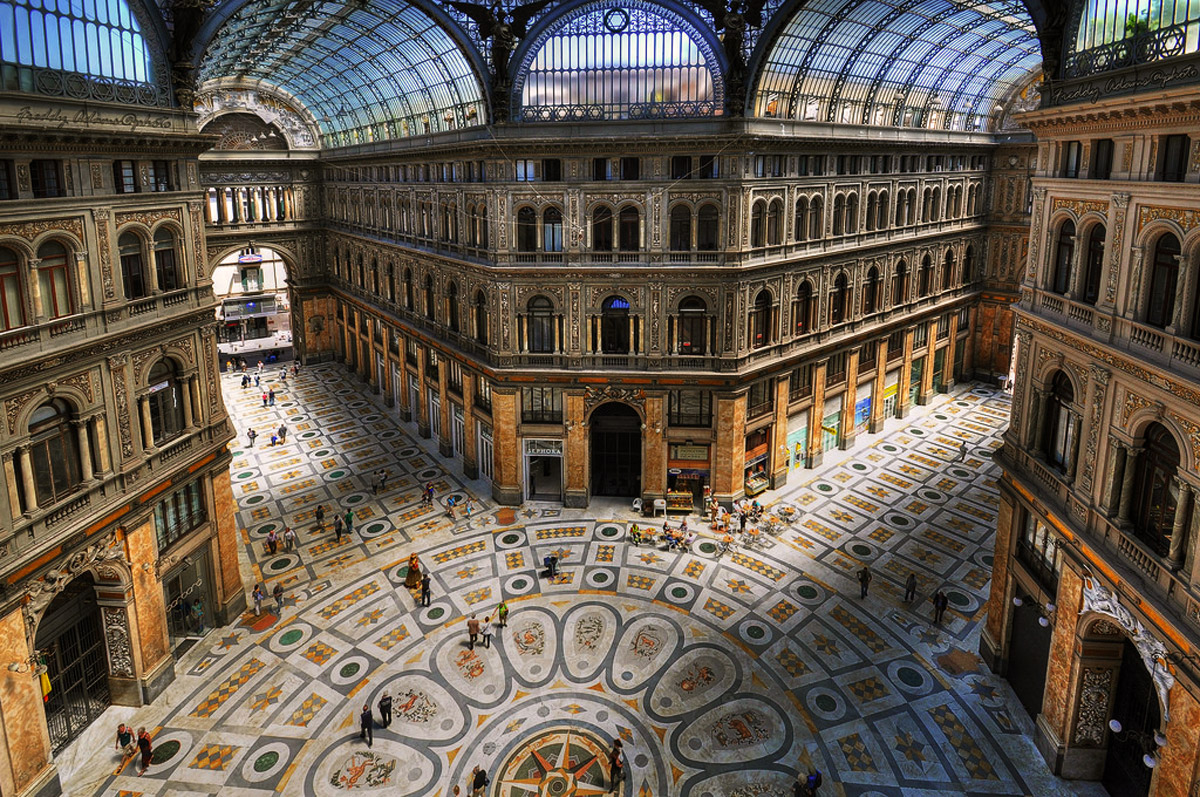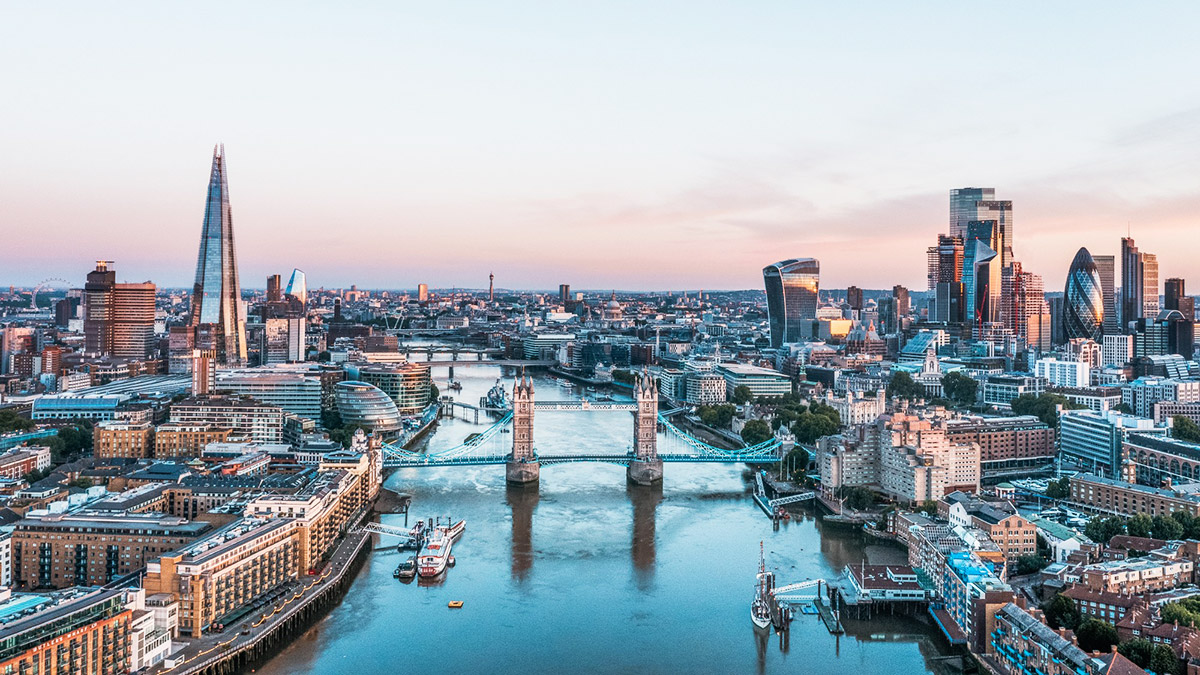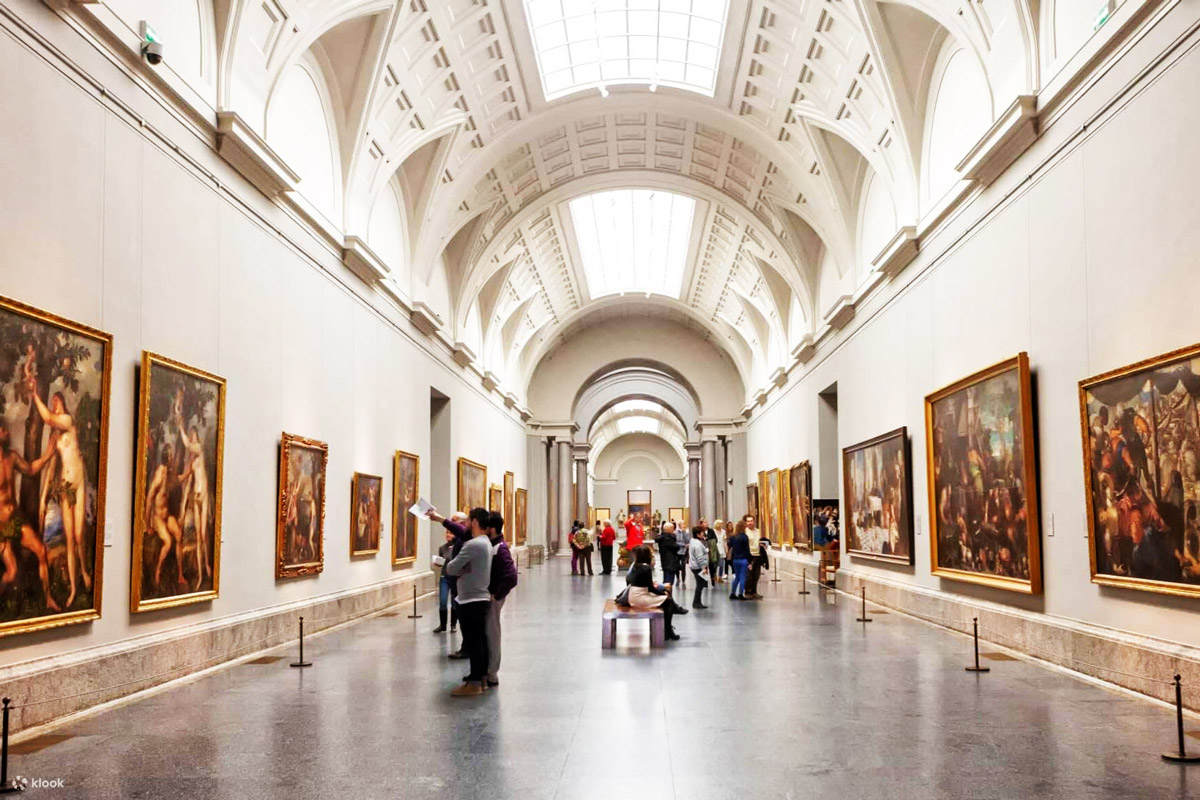Seville, the capital of Andalusia, is a city where history, passion, and elegance intertwine. Known for its Moorish architecture, lively flamenco culture, and sun-drenched plazas, Seville embodies the very essence of southern Spain. Whether you’re strolling through its winding medieval streets, savoring tapas in a bustling bar, or watching the orange blossoms fall in spring, Seville offers a timeless experience that lingers long after you’ve left.
History of Seville
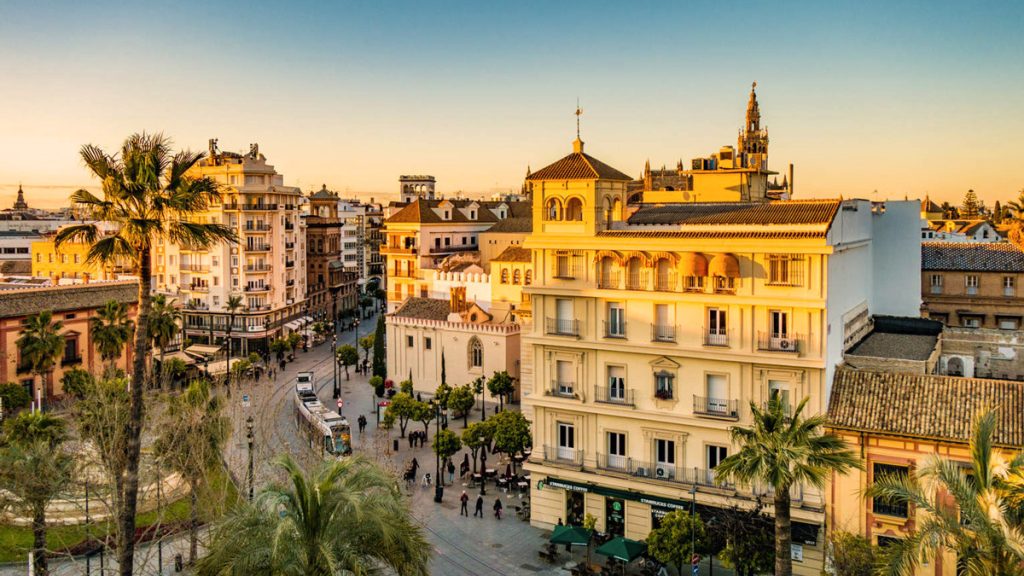
Seville’s history is layered with civilizations that left indelible marks on its character. Originally founded as a Roman settlement called Hispalis, it later thrived under Visigothic and Moorish rule. The Moors gave the city much of its architectural soul, including the Giralda tower and the Alcázar. In 1248, Christian forces reclaimed Seville, and during the Age of Exploration, it became Spain’s gateway to the New World—wealth from the Americas poured through its port. By the Golden Age, Seville was one of Europe’s wealthiest cities, celebrated for its art, music, and festivals. Today, its flamenco rhythms, ornate plazas, and mix of cultures reflect a city that has always lived at the crossroads of history.
Landmarks and Sights
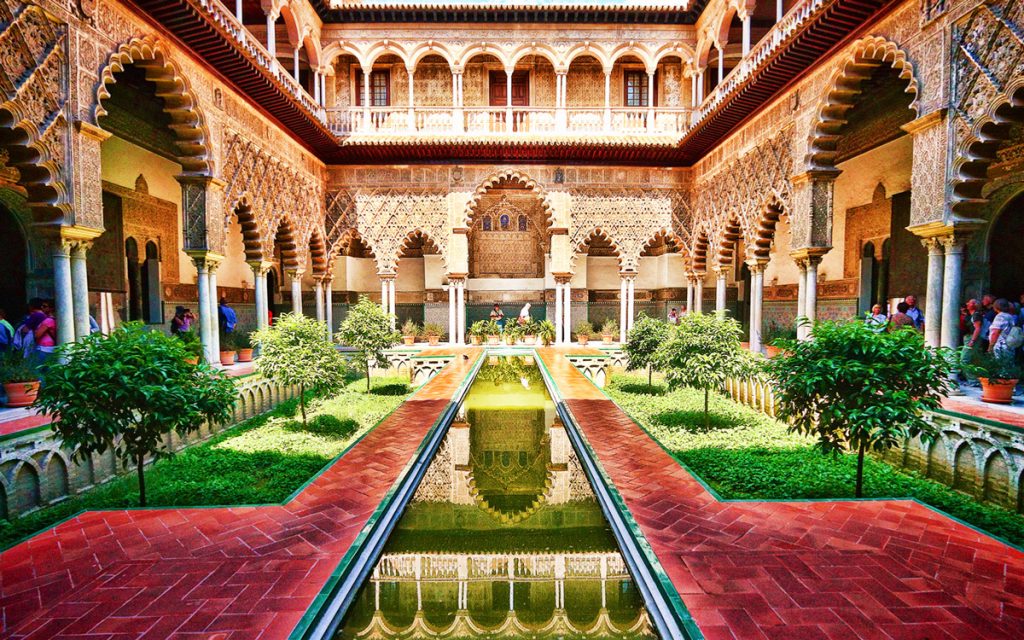
Seville is a city rich with iconic landmarks that speak to its layered history.
- Real Alcázar: This UNESCO-listed palace complex is a masterpiece of Mudéjar architecture, with intricate tilework, courtyards, and lush gardens. It’s still used by the Spanish royal family when they visit Seville.
- Seville Cathedral & La Giralda: One of the largest Gothic cathedrals in the world, the Seville Cathedral is awe-inspiring in scale and detail. Don’t miss the climb up La Giralda, the former minaret turned bell tower, for panoramic views over the city.
- Metropol Parasol: Known locally as Las Setas (“the mushrooms”), this striking modern wooden structure contrasts beautifully with the city’s historic architecture and offers another vantage point for sweeping views.
- Plaza de España: A breathtaking semicircular plaza built for the Ibero-American Exposition of 1929, adorned with colorful tiles representing each Spanish province. It’s a favorite spot for both photographers and those looking to soak up the grandeur of Seville’s past.
Spotlight: The Real Alcázar of Seville
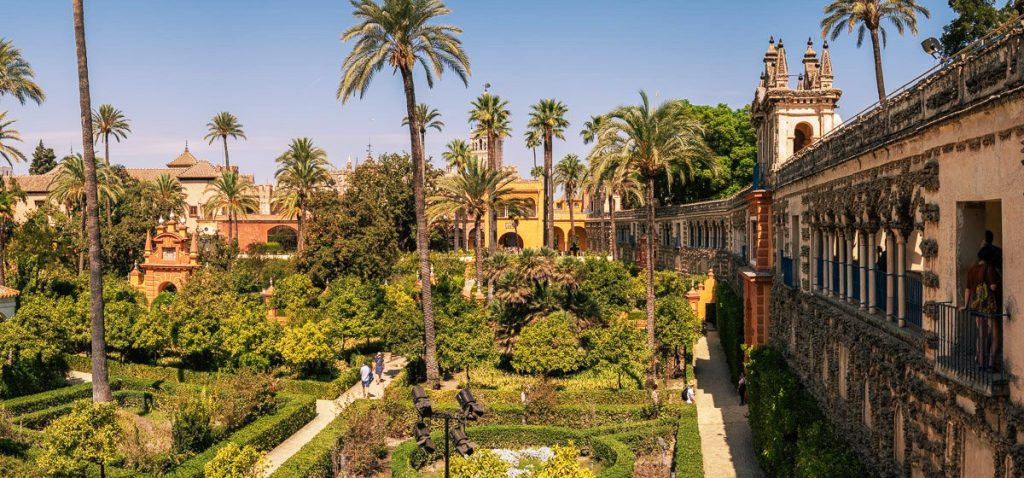
Few places capture Seville’s layered history as vividly as the Real Alcázar. Originally built in the 10th century as a fortress for Muslim rulers, the palace was later expanded by Christian monarchs who embraced the Mudéjar style, blending Islamic art with Gothic and Renaissance elements.
Walking through the Alcázar feels like stepping into a living tapestry of cultures:
- Patio de las Doncellas: A dazzling courtyard where reflection pools mirror intricate arches and tiles.
- Salón de Embajadores: The royal throne room, crowned by a golden dome carved with geometric precision.
- The Gardens: Acres of fountains, orange trees, and tiled pavilions, perfect for wandering or simply finding shade in the Andalusian sun.
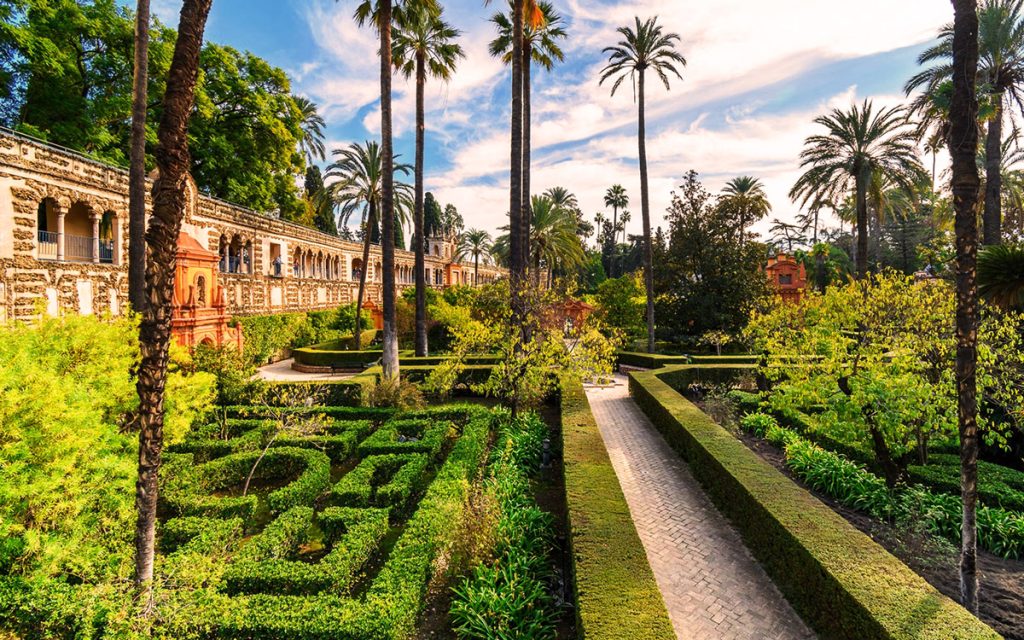
Beyond its architectural beauty, the Alcázar is still a functioning royal residence — Europe’s oldest in continuous use. Fans of pop culture might also recognize it as a filming location for Game of Thrones, where it stood in for the palaces of Dorne

A visit here isn’t just about sightseeing; it’s about immersing yourself in centuries of artistry, power, and cultural exchange.
Neighborhoods of Seville
Each neighborhood offers a distinct atmosphere, inviting visitors to explore Seville’s many layers.
- Santa Cruz: The former Jewish quarter, filled with narrow alleyways, orange trees, and romantic courtyards. It’s the heart of historic Seville.
- Triana: Across the Guadalquivir River, Triana is known for its flamenco heritage, lively bars, and ceramics workshops.
- El Arenal: Once the city’s port district, El Arenal is home to the famed Maestranza bullring and several tapas hotspots.
- Macarena: A more local neighborhood, with colorful streets, vibrant markets, and the Basilica de la Macarena, home to one of Seville’s most revered religious icons.
Cultural Experiences
Seville thrives on tradition and passion, and no visit would be complete without immersing yourself in its cultural heartbeat.

- Flamenco: Born in Andalusia, flamenco is at its most authentic in Seville. Visit a small tablao in Triana or Santa Cruz to experience the raw intensity of this art form.
- Semana Santa & Feria de Abril: Seville’s Holy Week processions are world-renowned, with dramatic parades through the city. A few weeks later, the Feria de Abril transforms Seville into a vibrant festival of dancing, horse carriages, and Andalusian flair.
Aire Ancient Baths
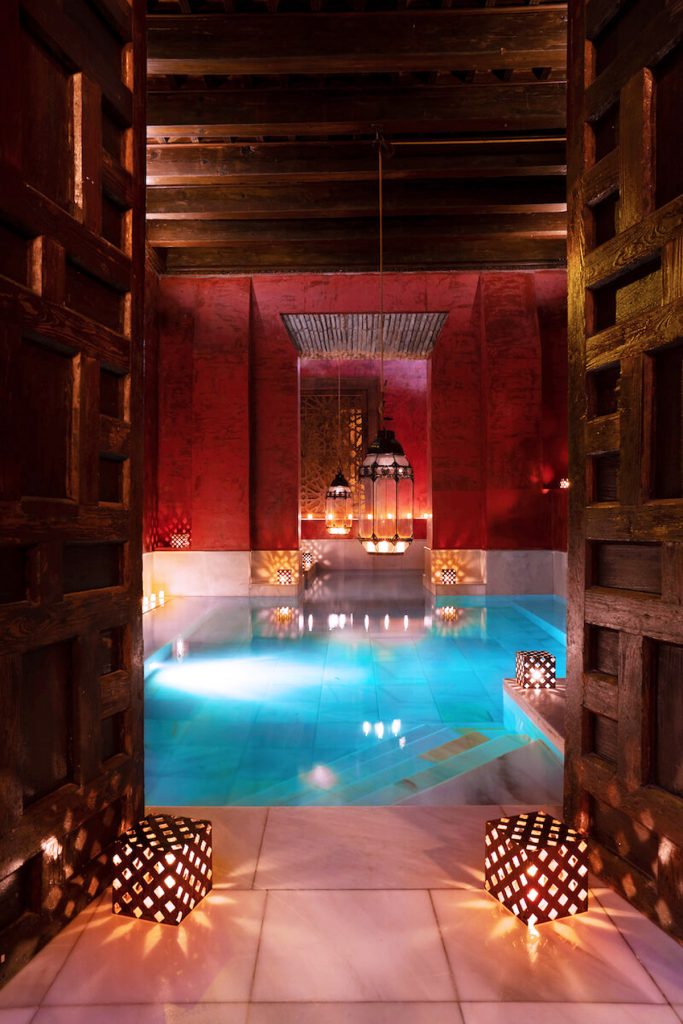
Tucked away in the historic Santa Cruz neighborhood, Aire Ancient Baths Seville offers a serene escape from the city’s lively streets. Built within a restored 16th-century mansion, the spa recreates the tradition of Roman and Moorish baths, blending history with luxury.
Visitors move through a sequence of thermal pools, each at different temperatures — from steaming hot to icy cold — designed to rejuvenate body and mind. Soft candlelight, vaulted brick ceilings, and the gentle sound of water create an atmosphere of total tranquility.
Highlights include:
- Saltwater Flotation Pool: A soothing experience that allows you to drift weightlessly.
- Steam Room & Aromatherapy: Infused with essential oils, perfect for relaxation.
- Signature Rituals: From massages with warm oils to wine baths, Aire specializes in indulgent treatments rooted in Andalusian tradition.
Aire is not just a spa; it’s a sensory journey and one of Seville’s most unique wellness experiences — the perfect way to unwind after days spent exploring palaces, plazas, and cobbled streets.
Food and Drink
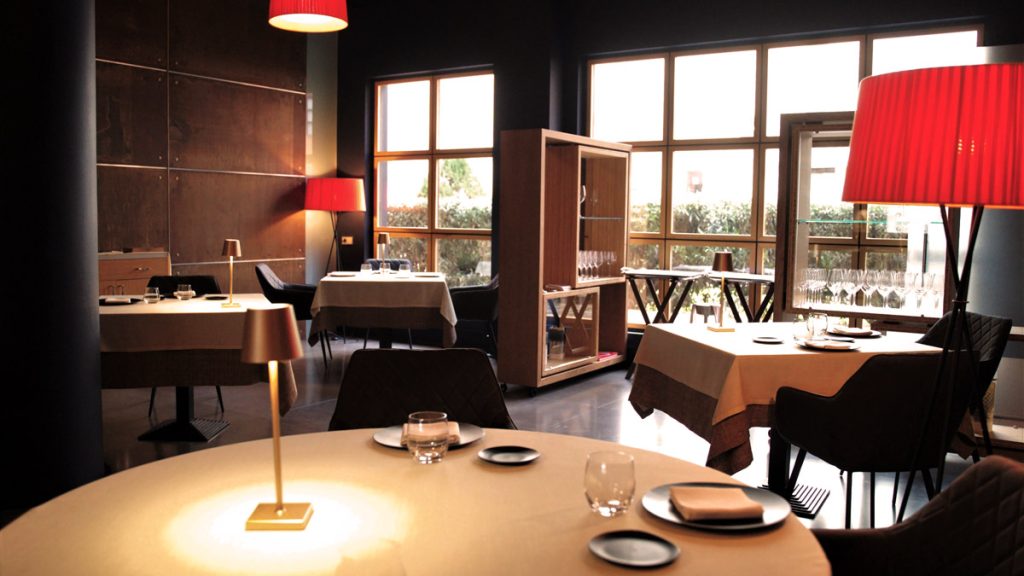
Seville is a city that knows how to eat well, with a tapas culture that encourages sharing and lingering over meals.
- Tapas Bars: Wander through the historic center and you’ll find countless spots serving classics like jamón ibérico, salmorejo (a creamy cold tomato soup), and espinacas con garbanzos (spinach with chickpeas).
- Mercado de Triana: A bustling market offering fresh produce, local cheeses, and stalls where you can sample authentic Andalusian flavors.
- Notable Restaurants: For a refined dining experience, Abantal offers Michelin-starred modern Andalusian cuisine, while casual favorites like Bodega Santa Cruz (Las Columnas) and El Rinconcillo (Seville’s oldest bar, dating back to 1670) deliver history alongside flavor.
Don’t forget to enjoy a glass of fino sherry or a refreshing tinto de verano (red wine with lemon soda), the Sevillian answer to sangria.
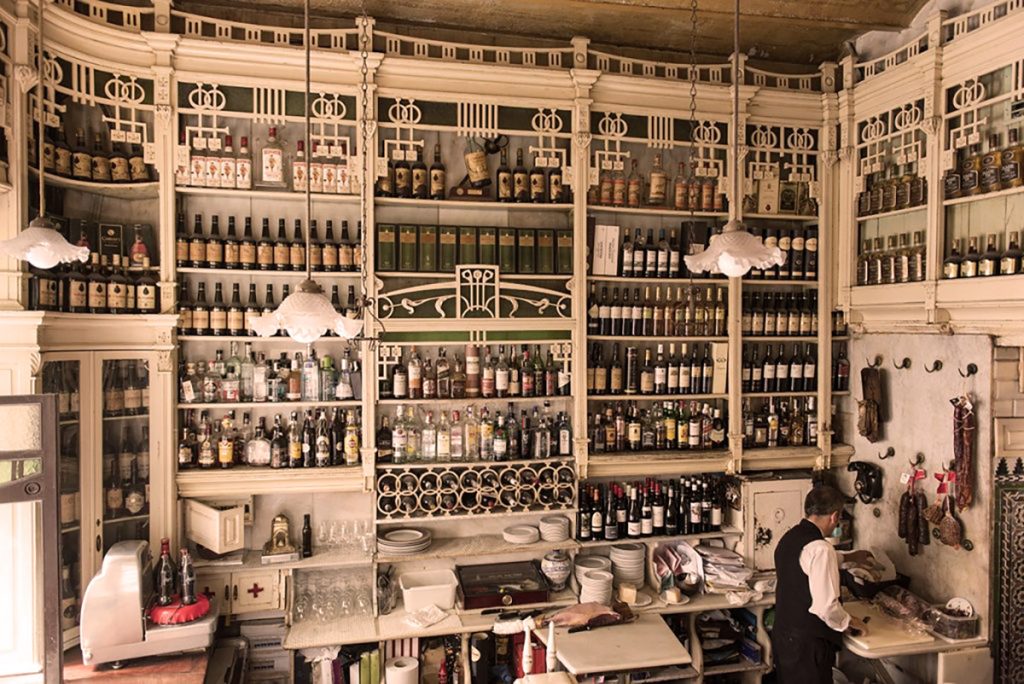
Hidden Gems
Beyond the well-trodden highlights, Seville rewards those who wander off the main paths.
- Casa de Pilatos: A stunning 16th-century palace blending Renaissance, Gothic, and Mudéjar styles.
- Hospital de los Venerables: A beautifully preserved Baroque building tucked away in Santa Cruz, now housing art exhibitions.
- Riverside Walks: The Guadalquivir River offers peaceful strolls and bike rides, with plenty of cafés along the way to pause and take in the view.
Practical Tips
- Getting Around: Seville is very walkable, but renting a bike or taking a horse-drawn carriage can add to the charm.
- Best Time to Visit: Spring (March–May) is ideal, when orange blossoms perfume the streets. Summers can be extremely hot, with temperatures soaring past 40°C (104°F).
- Day Trips: From Seville, you can easily reach Córdoba to see the Mezquita, or the whitewashed villages of Andalusia for a taste of rural life.
Final Thoughts
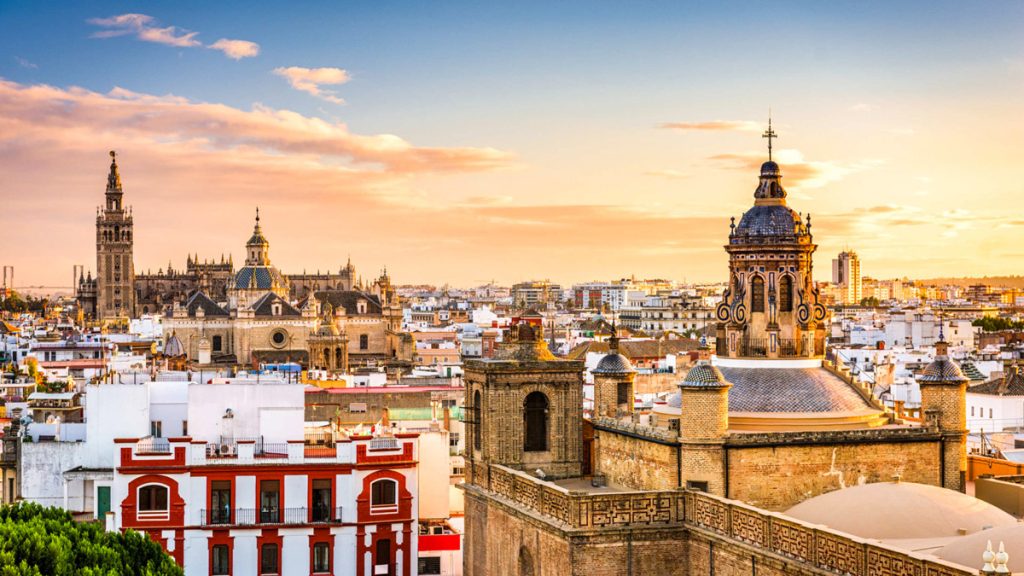
Seville is a city of rhythm and romance, where Moorish palaces, Gothic cathedrals, and lively plazas coexist with the soulful strum of flamenco guitars. It is a place to linger, to wander slowly, and to immerse yourself in the warmth of Andalusian life. For any traveler seeking history, culture, and sheer beauty, Seville is an unforgettable destination.


